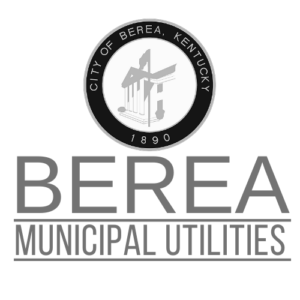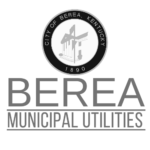BOIL WATER ADVISORY IS LIFTED as of 10:40am today, July 22, 2025, for homes on Lena Street, portions of...
The JC Chambers Wastewater Treatment Plant was constructed in 1987 and was upgraded in 2005. Designed for a 4.3 million gallon per day flow, the wastewater plant treats about 3.5 million gallons per day. However, the plant can hydraulically process up to 13 million gallons daily when needed. The plant operates 24 hours a day.
Treatment begins with mechanical bar screens, which remove all solids larger than 6mm. Two grit chambers remove the remaining solids. These grit removal basins operate on the vortex principle, using impellers to force grit to the chamber floor. Plant staff then pump these solids to a conveyor belt for disposal.
To remove biodegradable organics, the wastewater plant achieves the process of extended aeration via oxidation ditches. Each oxidation ditch includes two 150-horsepower motors that support impellers and has a volume of 1.55 million gallons. These basins mix with high intensity, performing two functions: providing the oxygen needed to remove nitrogen and BOD (biochemical oxygen demand) and providing the required velocity, so the associated biosolids remain suspended as flow moves down the channel sections of the basins. Channel zones within the basins prevent untreated influent wastewater from going directly over the weir. These zones have little to no dissolved oxygen. Low turbulence levels promote increased bio-flocculation, meaning that in the calm environment of the channels, floc particles that separate at mixing reunite, creating a larger mass that will settle better and produce a suitable quality effluent in the secondary clarifier.
The clarification process utilizes two circular tanks, known as clarifiers. Each clarifier is 130 feet in diameter, 14 feet deep at the sidewall, has a volume of 1.389 million gallons, includes a full-radius skimmer, and incorporates current baffles along the outer walls to prevent short-circuiting of flow paths. As water enters a clarifier, the heavy floc particles settle at the bottom of the tank for removal via multiple sludge collection pipes with suction nozzles. These pipes are placed along the bottom truss rake arms at varying lengths, each serving the same annular area of the clarifier floor. Clear water flows over the clarifier weir for further treatment downstream.
Settled solids are pumped from the clarifier to gravity thickeners. The gravity thickeners allow additional time for solids to settle and thus increase the solids’ concentration to around 1.5 – 2 percent before being pumped to a belt filter press for dewatering. At entry, the solids mix with a liquid cationic polymer which promotes further flocculation and binding of the solids as particles release the water trapped between them before the polymer mix. Pressure and gravity belts force more water from the solids and consistently achieve a 16 percent solid content at the end of the process for disposal.
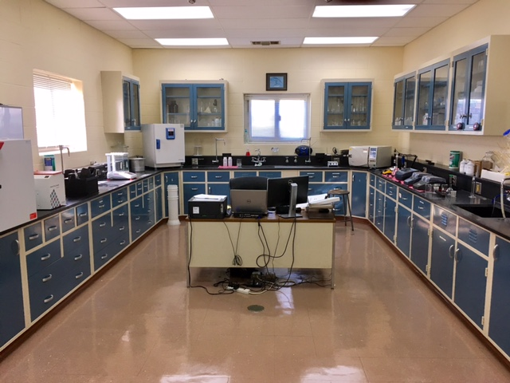
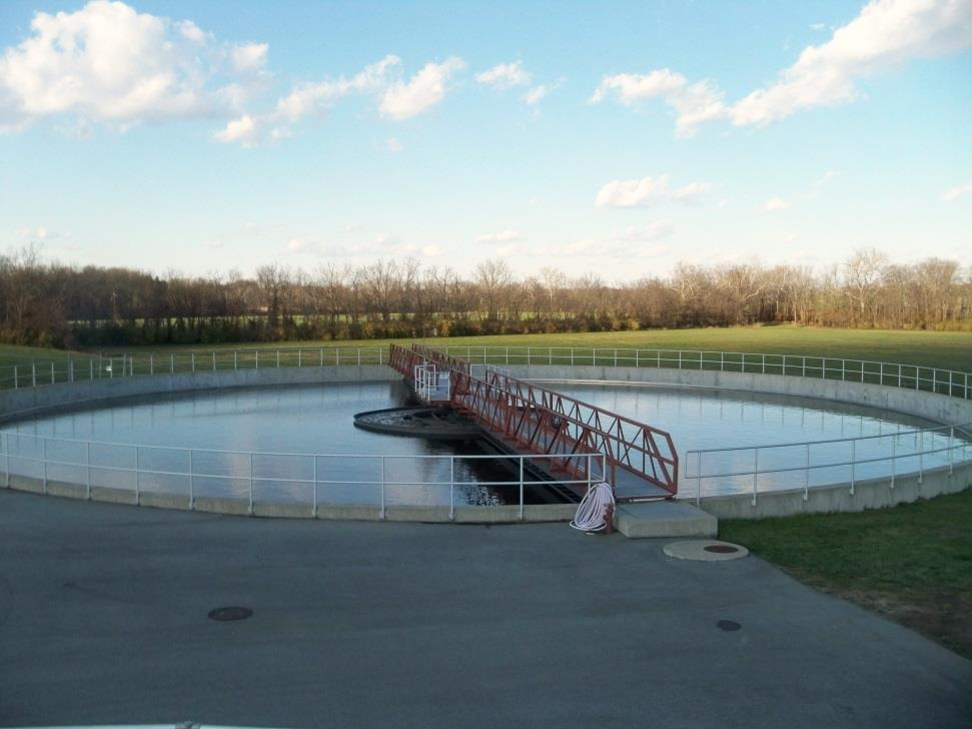
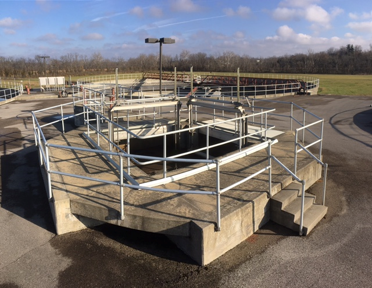
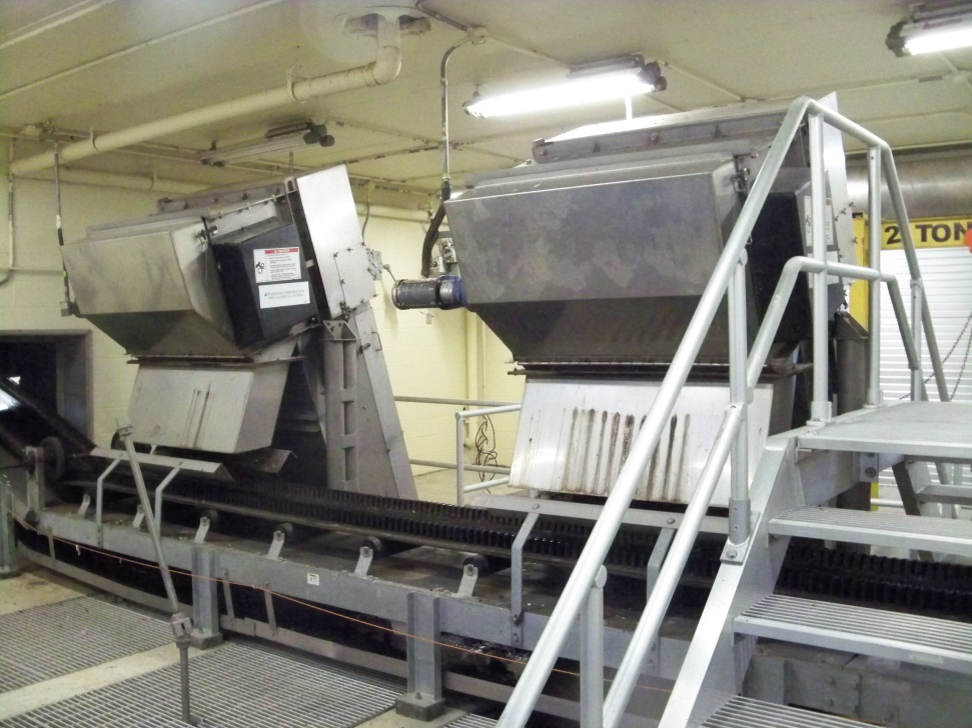
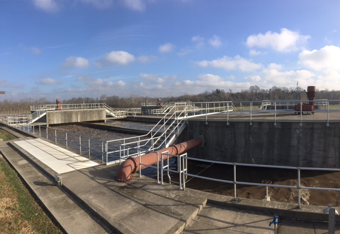
The remaining water, known as “effluent,” flows over the clarifier weir, through channels, and into the ultraviolet disinfection process. During this phase, low-pressure, high-intensity UV lamps remove E.coli from the water. After disinfection, this water flows down a series of concrete steps to promote further oxidation before being discharged into Silver Creek.
The plant manages a state-certified wastewater laboratory. Therein, a Lab Director and staff analyze the required compliance and process-control parameters in the influent and effluent wastewater streams. These parameters include dissolved oxygen, pH, E.coli, BOD (biochemical oxygen demand), TSS (total suspended solids), ammonia nitrogen, TKN (total kjeldahl nitrogen), and total phosphorus.
The plant staff consists of one Class 4 Chief Plant Operator, one Class 3 Lab Director, one Class 3 Maintenance Operator, and one Class 1 Wastewater Operator. Staff oversee the day-to-day process and make necessary adjustments for optimal treatment, perform preventative maintenance to the equipment, run laboratory analysis, operate the belt filter press, and maintain the grounds around the facility.
Operations
200 Harrison Road
Berea, KY 40403
Phone: 859-986-4391
Fax: 859-756-3890
Billing
212 Chestnut Street
Berea, KY 40403
Phone: 859-986-4391
Fax: 859-986-5884
